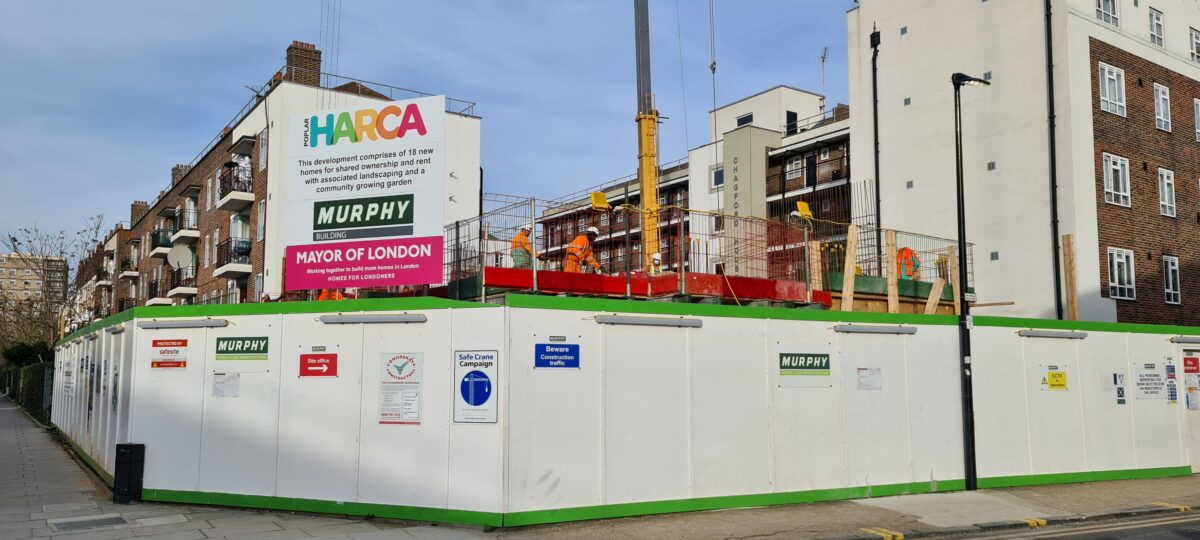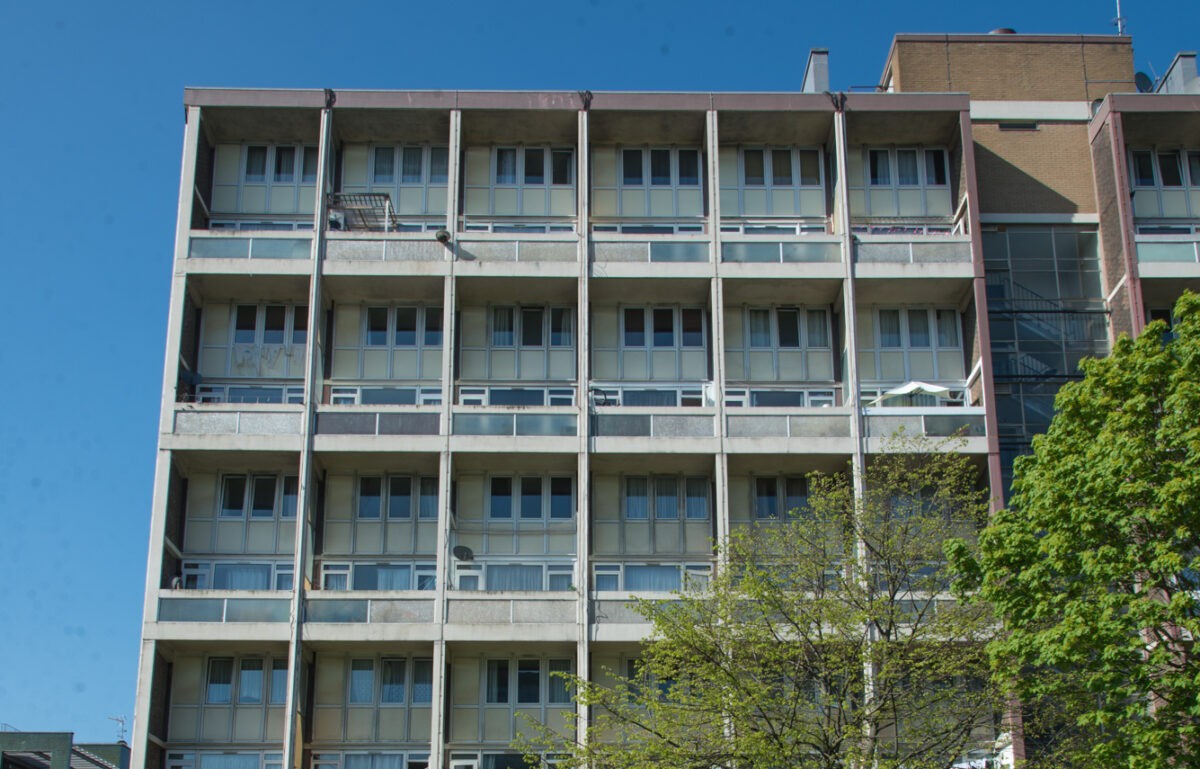From a Government that has until now been considered de-regulatory, we are now witnessing a return to housing regulation. But will it deliver the goods?
The aftermath of the Grenfell tragedy in 2017 has been far reaching. The Public Inquiry continues with revelations every week about the appalling practices in both the building industry and the procurement framework that led to the deaths of 72 people.[i] One outcome was the Government commitment to reform social housing and place tenants and residents at the centre of decision making around the management of their homes and the estates where they live. As a consequence the Government published a Green Paper one year after the fire proposing reforms to social housing to address some of the problems revealed by the Grenfell fire. [ii]
Following the fire, the existing framework for regulating social housing was subject to savage criticism. Since 2010 the regulation of ‘consumer services’ had effectively been abandoned. Before the election in 2010, the Tenant Services Authority and the Audit Commission jointly regulated/inspected the housing services delivered by housing associations and local authorities under a regime designed by the Labour Government. Research subsequently showed that the regulation/inspection of social housing in the 2000s significantly boosted performance in the sector.[iii]
But as the Coalition Government set about the ‘bonfire of quangos’ both the TSA and Audit Commission were abolished. The DCLG led by Eric Pickles and Grant Shapps took a contrary approach to Ministerial colleagues in the Education and Health Departments (taking two examples) where ‘consumer regulation’ was highly valued. Ofsted and CQC were seen as important parts of the Government armoury in education, health and social care. But consumer regulation was anathema to those running DCLG.
Shapps actually wanted all formalhousing regulation abolished but the funders of housing associations (the banks and other finance institutions) fought hard to retain a regulatory regime that oversaw financial viability and governance. After all, £100bn of private finance is invested in social housing provided by housing associations. And if you ran a finance house you would be foolish not to have the State carry out at least some of the checks of the bodies you fund.
The regulation that remained after 2010 was transferred to the Homes and Communities Agency. Consumer regulation was given a minor role in the new set up. And the hurdles erected to limit effective consumer regulation were high. For instance, ‘serious detriment’ had to be identified before any regulatory action could be taken by the HCA. And a ‘democratic filter’ was introduced to in effect stymie the efforts of tenants seeking to complain about their social housing landlords.
The 2018 Green Paper recognised the weaknesses of the regulatory framework for social housing with one section of the consultation paper calling for enhanced empowerment of residents and the strengthening of the regulator. Two years after the Green Paper was published, the social housing White Paper finally emerged this month (November 2020).[iv]
Specifically looking at regulation, ‘The Charter for Social Housing Residents’ really does take us back to the position in 2010.[v] And in many ways the proposals significantly strengthen the regime that existed a decade ago. Points to note:
- A major step forward sees all regulation of social housing placed under the auspices of one body – the Regulator of Social Housing; this finally realises one of the key ambitions of the seminal review of social housing regulation by Professor Martin Cave in 2007.[vi]
- The return of service inspections. It is instructive to note that the ‘i’ word was used just once in the Green Paper of two years ago – and then, bizarrely, in relation to the assessment of the financial performance of housing associations. Inspection is the centre piece of the proposed regulatory framework.
- An inevitable but welcome focus on health and safety.
- A strengthening of the ties between the enhanced Housing Ombudsman Service (run by former Boris Johnson adviser Richard Blakeway) and the regulator.
- A proposal to publish details about executive pay for housing associations (nothing that some association CEOs are paid over £400,000 a year).
- A strengthening of the enforcement powers available to the RSH including the introduction of unlimited fines for non compliance with the regulator’s standards.
- A recognition that for-profit providers should be subject to greater scrutiny to prevent fraud and not claim housing benefit for their tenants when there is no entitlement.
- A proposal to make housing associations subject to the Freedom of Information Act provisions that apply in the public sector (although this may founder given how this might threaten the private sector status of associations[vii]).
From a Government that is portrayed as de-regulatory, this revamped housing regulation framework is remarkable. Indeed you wonder how civil servants managed to persuade Robert Jenrick and his Ministerial colleagues to accept this much enhanced regulation regime. Those interested in improving the performance of social housing providers and ensuring those providers are fully accountable for their actions should welcome these changes. Tenants in particular should relish the prospect of greater scrutiny of their landlords. Certainly the Government appears to have rejected the siren voices from the larger housing associations in particular that have batted off tougher regulation in the past. There is every prospect on this occasion that the regulator will not be subject to ‘professional capture’.
But there is a long way to go before the good intentions become a reality. Even if there is a fair wind it will be three/four years before the new regime is in place given the time needed to pass the necessary legislation and to set up the new arm of the RSH covering consumer regulation. Funding may also be a problem as spending cuts are implemented to pay for the pandemic.
Even if the legislation is passed and monies found to pay for an enhanced RSH, tenants and others pushing for better performance by social housing providers need to ensure that a rigourous methodology is developed to inspect landlords in the new era. Inspecting largely from the user’s perspective is critical – a technique followed by the Audit Commission’s Housing Inspectorate from 2000 until 2010. Tenant Inspection Advisers must be involved in all inspections. Enforcement is key too. The RSH has been reluctant in the past to use its significant powers to bring back sliding providers to book.
And there are still gaps in the proposed regulatory framework. The current proposals do not cover the regulation of local authority strategic housing services such as homelessness or meeting housing needs. And if we are seeking a true level playing field, perhaps the large providers of private rented housing – with over 1,000 homes, say – should be subject to regulation by the RSH.
Perhaps in another ten years…….
[i] https://www.grenfelltowerinquiry.org.uk/
[ii] https://www.gov.uk/government/news/social-housing-green-paper-a-new-deal-for-social-housing
[iii] https://www.ukhousingreview.org.uk/ukhr1011/index.html
[iv] https://www.gov.uk/government/publications/the-charter-for-social-housing-residents-social-housing-white-paper
[v] Older readers will note the language used here as it echoes the Tenants’ Charter promoted by another Tory Government in the early 1980s.
[vi] https://webarchive.nationalarchives.gov.uk/20070701140243/http://www.communities.gov.uk/pub/422/EveryTenantMattersAreviewofsocialhousingregulationReportbyProfessorMartinCave_id1511422.pdf
[vii] https://www.ons.gov.uk/news/statementsandletters/statementonclassificationofenglishhousingassociationsnovember2017


